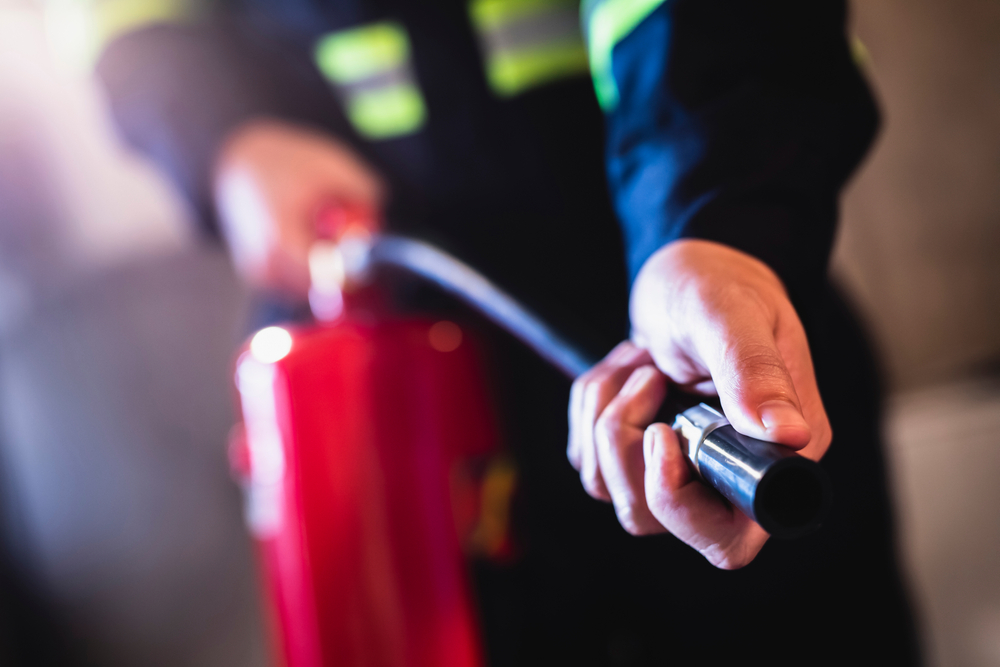You’ve had plenty of warnings. Since you were seven years old you have been repeatedly cautioned about all the dangers lurking in the outside world. But what about all the hazards within 15 ft. of where you spend most of your time – at home and at work?
Don’t Get Burned
Look up at the ceiling. There should be a smoke detector within sight in every room where you spend the most time. And if you have kids, you are very familiar with how youthful curiosity tends to cause little disasters. Keep lighters, matches, candles, flammable fluids and sharp pointed objects (perfect fits for electrical sockets and appliances) in a marked box on a high shelf. On each floor have a fire extinguisher in plain site – not in a closet or under a sink. Yes, fire extinguishers are ugly, especially in a contemporary office setting, but now there are “designer” models. And remember your garage – some of the hottest most damaging fires emanate from car engines.
The Silent Killer
Every year 988 people die from carbon monoxide poisoning and over 50,000 wind up in the emergency room. People don’t recognize that the deadly odorless, colorless gas can accumulate in the workplace as well as at home. Fortunately, most people are now installing “combination” detectors – both smoke and carbon monoxide detectors in one unit. So, never use portable fuel-burning devices such as charcoal grills, portable generators, camp stoves, or kerosene heaters indoors or in enclosed spaces. These devices can severely spoil any home or office gathering with a trip to the ER.
Chemistry Can Help or Hurt
When handling any chemical, ensure that you are wearing appropriate personal protective equipment (PPE), such as gloves, protective coveralls, a protective face mask, safety glasses, and an N95 mask.
Again, chemicals should be top shelf items kept away from children – at home or visiting the workplace.
It is important to keep all chemicals in their original containers. This will not only avoid confusion as to the chemical application but also, if a spill occurs, the original label will explain the toxicity and safety precautions. An industrial spill in the workplace may require special clean-up procedures.
Never mix chemicals together and store them away from food and other consumables. Always dispose of hazardous materials according to the instructions provided by your local waste management authority – often published on their website.
Don’t Fall for This
Slips, trips and falls – 90 percent can be avoided by simple maintenance. For instance, ensure walkways and work areas are free of clutter, spills, uneven surfaces and random objects. Installing handrails, improving lighting, and providing non-slip mats are all examples of how accidents can be avoided at home and at work.
Walking is similar to driving a car – texting and reading your e-mail can earn you a nice collision with an immovable object or an unpleasant journey down a flight of stairs.
Extra Eyes and Ears
Thoroughly traveling through your place of work on a regular basis, the LACOSTA crew provides an extra set of eyes and ears to identify any potential safety hazards. Trained in safety awareness and response, LACOSTA managers, once alerted, notify you of any potential hazards and provide a suitable and cost-effective solution. The safety and well-being of our customers are the top priority for all LACOSTA partners.


